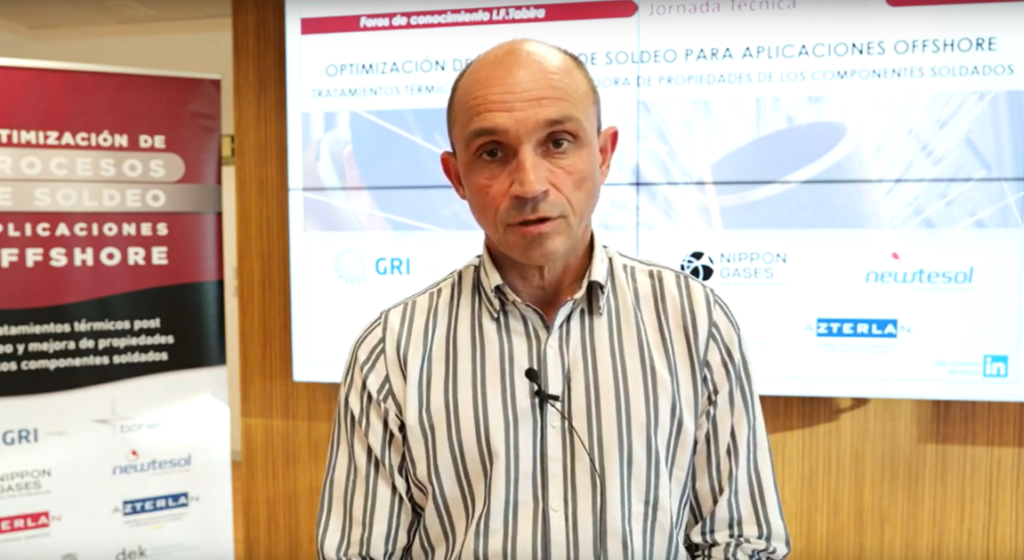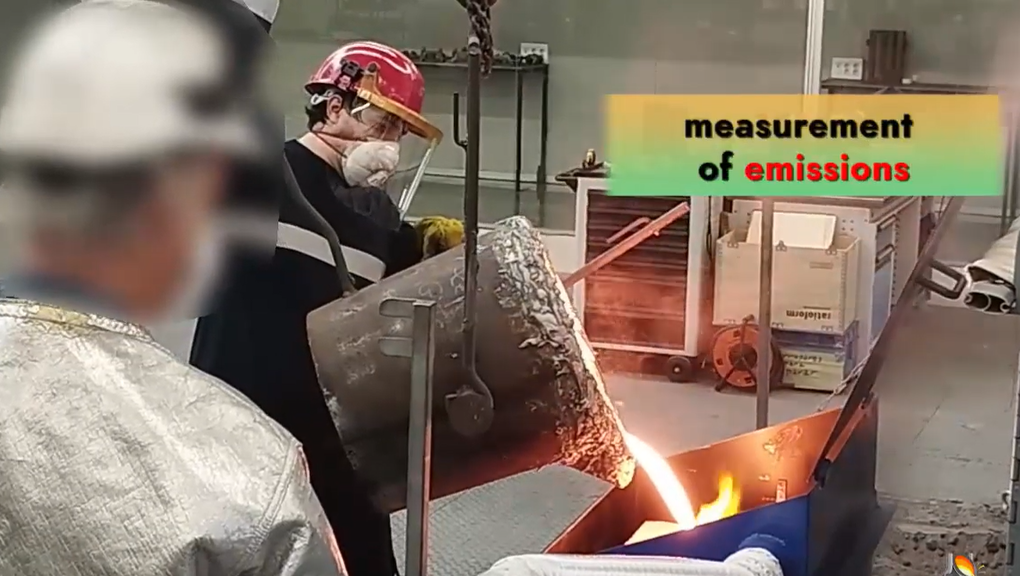As a result of the collaboration of AZTERLAN Metallurgy Research Centre with the Fastening Excellence Center (FEX), a technical session has been held on “Fundamentals of metallurgy”, aimed at organizations that belong to the entire value chain of the manufacturing of fasteners in order to deepen the understanding and application in the development of joining elements.
The development and improvement of the joining elements and their application technologies is key to advance in the creation of structures and equipment with more advanced features that are safer and of a longer durability. Among the joining technologies fasteners occupy a fundamental place, being, in addition an important sector of activity for the Basque industry.
In order to disseminate the opportunities that materials engineering and metallurgical R&D can offer to improve the characteristics of this type of elements and to optimize their manufacturing process, AZTERLAN Metallurgy Research Center and the Fastening Excellence Center (FEX) have carried out a technical session based on the fundamentals of metallurgy. The technical session was attended by almost 30 professionals from more than 15 companies belonging to different areas of the value chain of the manufacture of fasteners.
As explained by Dr. Garikoitz Artola, Director of Forming Technologies at AZTERLAN, “although it is true that this type of fasteners are very present almost in every industrial sector and are consumed as a common product by them, we must not forget that these elements have a critical function and entail an important development effort. Undoubtedly, the mechanical properties and metallurgical characteristics of these joining elements are a critical aspect for this development.”

Dr. Garikoitz Artola present key aspects of metallurgy for the manufacturing of fasteners to companies associated to FEX.
As indicated by Juan Urzelai, Technical Manager of the Fastening Excellence Centre, “ours is a sector within the metal-mechanical industry that has a long value chain, composed of companies of a very diverse nature. Within that industry we find suppliers of raw materials, tooling, specialists in engineering of screwed joints / manufacturers of screws and special bolts for critical applications, companies specialized in cold forging … as well as companies dedicated to the design and construction of serial/unique machinery and precision tooling for forging, heat treatment company and coating companies”. Therefore, “metallurgy and the physical properties of materials are relevant for all of them, either aimed at achieving fasteners with improved properties or to optimize other process areas such as, for example, increasing the service life of tools or achieving more efficient heat treatments”. It is about “offering added value in the field of fastening elements and technologies through understanding materials and their behavior; a key aspect for our activity”.
This interesting working frame has addressed aspects directly linked to the metallurgical properties of the joining elements and the tools used for their manufacture (mechanical properties, wear resistance, corrosion resistance, thermal properties) and how the characteristics of the production process influence them.
The session also allowed to deepen in the application of these aspects in different families of alloys and components, as well as to make some economic assessments.
As Dr. Artola points out, “without any doubt, metallurgical R&D can bring an important competitive advantage to companies that develop fasteners. We believe that this session has allowed companies in the sector to get a broader understanding of the opportunities that this field of knowledge offers them to develop better products and more efficiently.”
For his part, Mr. Urzelai has made a positive reading of the technical working frame stating that “this session has allowed technicians and companies to expose problems or possible areas of work and to explore new opportunities and ways of development”.



